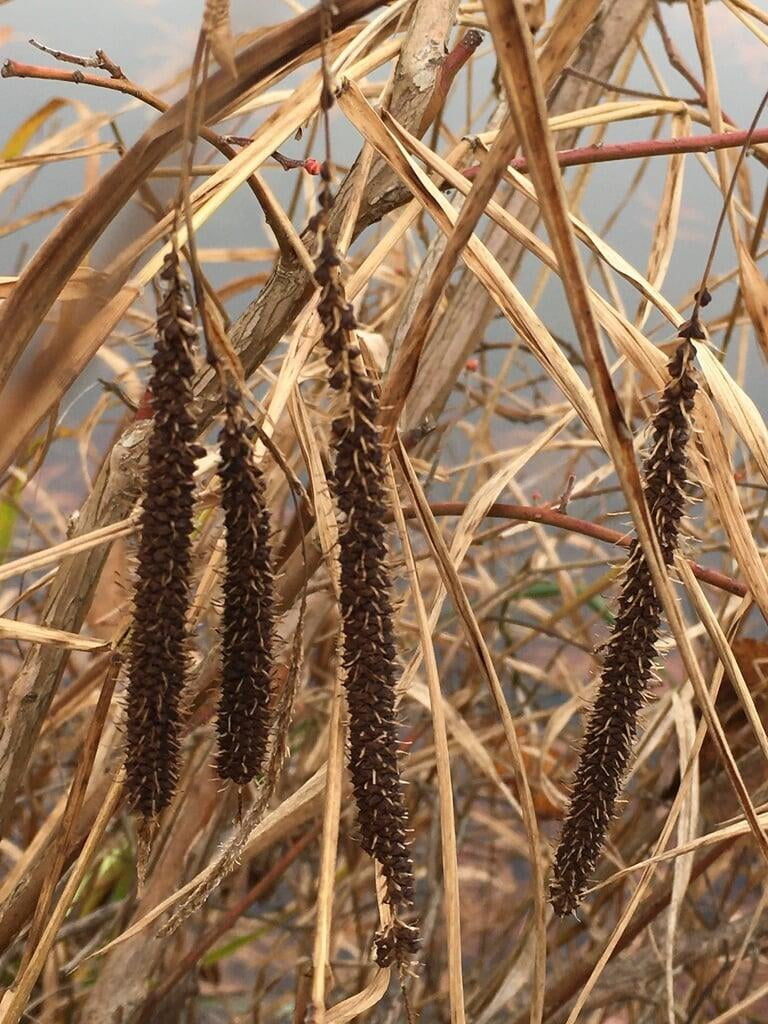Carex crinita
Fringed sedge Description:
Carex crinita, commonly known as fringed sedge or American sedge, is a perennial plant species that belongs to the family Cyperaceae. It is native to North America and can be found in wetlands, marshes, and along stream banks.
The plant typically grows to a height of 16 - 50 inches and has a clumping growth habit with narrow, grass-like leaves that can be up to 1/2 inch wide. The leaves are dark green and have a prominent mid-vein. The stem of the plant is triangular in shape and can range in color from green to brown.
In late spring to early summer, Carex crinita produces dense clusters of small flowers on spikelets that are held above the foliage. The flowers are typically yellow-green in color and are wind-pollinated. The plant then produces small, brown seeds that are dispersed by the wind.
Carex crinita is an important component of wetland ecosystems, providing food and habitat for a variety of wildlife species, including birds, insects, and mammals. It is also used in landscaping for its attractive appearance and ability to tolerate shade and wet soil conditions. The plant is often used in rain gardens, bioswales, and along pond edges to help control erosion and improve water quality.
Native Range:
Fringed sedge is found growing natively in the central and Eastern United States. In Minnesota, Fringed sedge is found primarily in the Northeast regions of the state.
Standard Plant Information:
Plant height: 16" - 50" inches
Fruiting time: June - August
Preferred habitat: Does well in part shade to full sun in wet soil. Often found in swamps, bogs, along shores, floodplain forests, and wet ditches.
Sowing:
For most homeowners, the best option is to scatter seed on the ground by hand broadcasting at a minimum of 15-16 pls lbs per acre. For even coverage, we recommend that you broadcast seed in perpendicular rows across the site to ensure even coverage.
Planting:
Simply dig a hole in the soil slightly larger than the plant’s roots. Ensure that the soil line of the plant is maintained during the transfer (i.e. the plant should be at the same level with the ground as it was in the pot). Pack any loose dirt back around the plant and make sure you water it well the same day to ensure it has the best chance of survival.










